 服务热线电话
服务热线电话
400-6188-756
低温废水回收设备:热量迁移与相变转化的协同机制
来源:http://www.sinokohl.com/ 时间: 2025-06-06 浏览次数: 0
低温废水回收设备通过热力学原理与相变技术的深度融合,实现了对低品位热能的捕获与升级利用。其核心工作机理可分解为热泵驱动的热量迁移与真空环境下的相变转化两大技术路径。
The low-temperature wastewater recovery equipment achieves the capture and upgrading of low-grade thermal energy through the deep integration of thermodynamic principles and phase change technology. Its core working mechanism can be decomposed into two technical paths: heat transfer driven by heat pumps and phase change conversion in vacuum environments.
在热泵技术路径中,设备构建了完整的逆卡诺循环系统。蒸发器作为热量吸收单元,内部流动的低温废水通过管壁与制冷剂进行热交换。当管外废水温度高于制冷剂蒸发温度时,热量经管壁传递至制冷剂,促使其从液态转化为气态。压缩机通过机械做功将低温低压蒸汽压缩为高温高压气体,此过程使制冷剂分子动能显著提升。高温蒸汽进入冷凝器后,将携带的热量释放给需加热的介质,如进入水处理系统的原水或工艺用水。完成放热的制冷剂经膨胀阀节流降压,重新进入蒸发器完成循环。这种热量迁移机制,使设备能从15-35℃的低温废水中提取热能,并将回收热量用于60-80℃的热水制备,实现热能品位提升。
In the heat pump technology path, the equipment has constructed a complete reverse Carnot cycle system. The evaporator serves as a heat absorption unit, and the low-temperature wastewater flowing inside exchanges heat with the refrigerant through the pipe wall. When the temperature of the wastewater outside the pipe is higher than the evaporation temperature of the refrigerant, heat is transferred to the refrigerant through the pipe wall, causing it to transform from liquid to gas. The compressor compresses low-temperature and low-pressure steam into high-temperature and high-pressure gas through mechanical work, which significantly increases the kinetic energy of refrigerant molecules. After entering the condenser, high-temperature steam releases the heat it carries to the medium that needs to be heated, such as raw water or process water entering the water treatment system. The refrigerant that has completed the heat release is throttled and depressurized by the expansion valve, and then re enters the evaporator to complete the cycle. This heat transfer mechanism enables the equipment to extract thermal energy from low-temperature wastewater at 15-35 ℃ and use the recovered heat for hot water preparation at 60-80 ℃, achieving an improvement in thermal energy grade.
低温蒸发技术路径则依托真空环境下的相变特性。设备通过真空泵将蒸发室压力降至绝对压力5-10kPa,使废水沸点降至30-40℃范围。预热后的废水经分布器形成均匀液膜,在换热管外表面流动。管内通入的加热介质提供汽化潜热,使废水在低温下沸腾汽化。产生的蒸汽进入压缩装置,经机械压缩后温度压力升高,形成过热蒸汽。此蒸汽作为热源进入冷凝器,与待加热介质进行间接换热,释放潜热后凝结为淡水。未蒸发的浓缩液通过循环泵返回蒸发室,浓度逐步提升直至达到排放标准。该技术使设备能从含盐量5%-25%的废水中提取80%-90%的蒸馏水,同时实现废水减量与资源化。
The low-temperature evaporation technology path relies on the phase transition characteristics under vacuum environment. The equipment reduces the pressure in the evaporation chamber to an absolute pressure of 5-10kPa through a vacuum pump, reducing the boiling point of the wastewater to the range of 30-40 ℃. The preheated wastewater forms a uniform liquid film through the distributor and flows on the outer surface of the heat exchange tube. The heating medium introduced into the pipe provides latent heat of vaporization, causing the wastewater to boil and vaporize at low temperatures. The generated steam enters the compression device, and after mechanical compression, the temperature and pressure increase, forming superheated steam. This steam enters the condenser as a heat source, undergoes indirect heat exchange with the medium to be heated, releases latent heat, and condenses into fresh water. The concentrated solution that has not evaporated is returned to the evaporation chamber through a circulation pump, and the concentration gradually increases until it meets the emission standards. This technology enables the device to extract 80% -90% distilled water from wastewater with a salt content of 5% -25%, while achieving wastewater reduction and resource utilization.
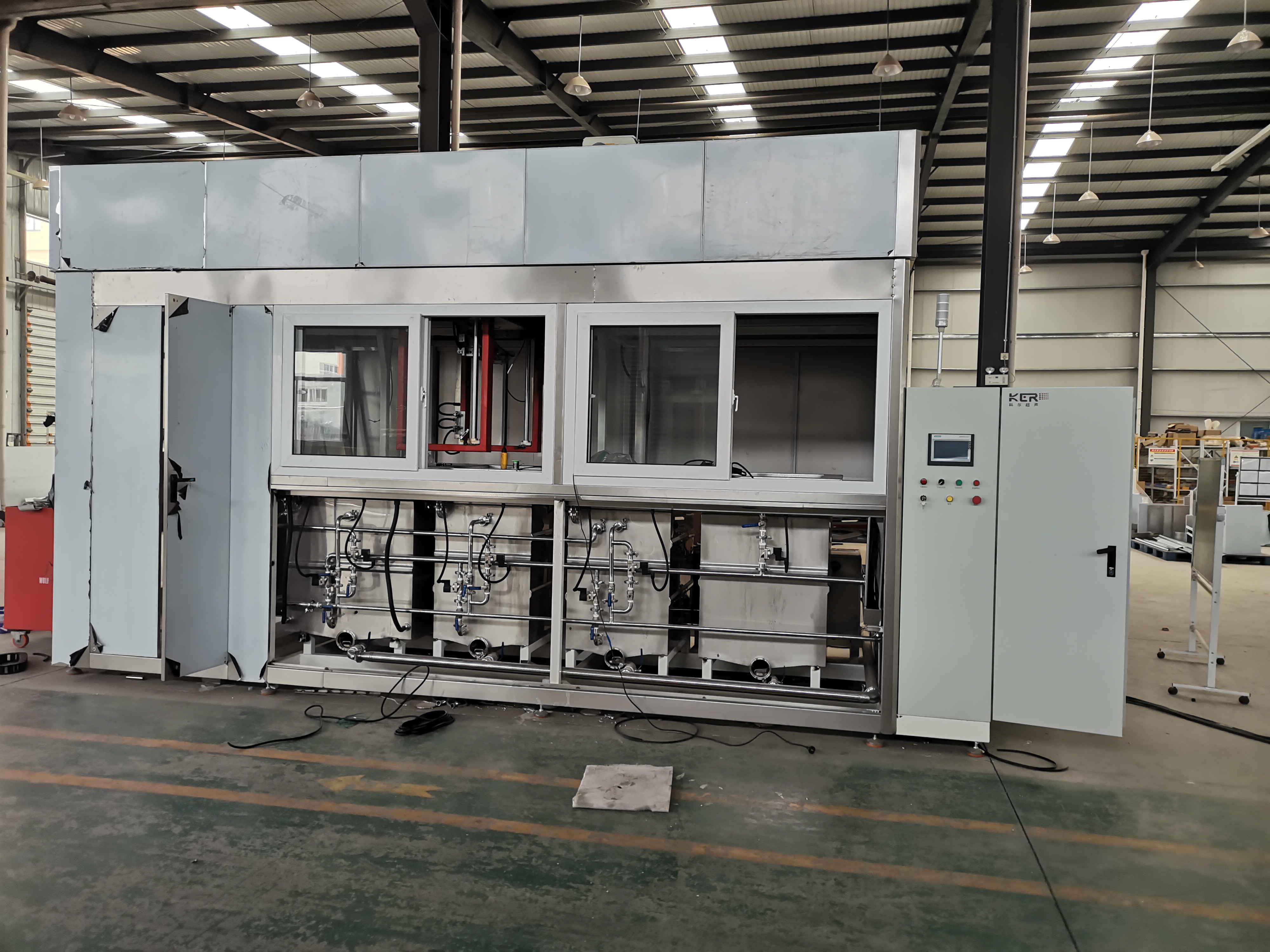
两种技术路径在设备中形成互补机制。热泵系统适用于废水温度波动小、需热量稳定的场景,通过智能控制系统动态调节压缩机频率,保持出水温度恒定。低温蒸发系统则更擅长处理高盐废水,其多效蒸发配置可实现热能梯级利用,将每吨水处理能耗控制在20-30kWh。部分先进设备集成膜分离技术,在蒸发前对废水进行预浓缩,使整体回收率提升至95%以上。
The two technological paths form complementary mechanisms in the device. The heat pump system is suitable for scenarios where the temperature fluctuation of wastewater is small and the heat demand is stable. Through an intelligent control system, the compressor frequency is dynamically adjusted to maintain a constant outlet temperature. The low-temperature evaporation system is better at treating high salt wastewater, and its multi effect evaporation configuration can achieve cascade utilization of thermal energy, controlling the energy consumption per ton of water treatment within 20-30 kWh. Some advanced equipment integrates membrane separation technology to pre concentrate wastewater before evaporation, increasing the overall recovery rate to over 95%.
设备运行的稳定性依赖于精密的过程控制。在热泵系统中,需实时监测蒸发器与冷凝器的进出水温差,当温差超过设定值时,自动调节电子膨胀阀开度,优化制冷剂流量。低温蒸发系统则通过压力传感器与液位控制器联动,维持蒸发室真空度与液膜厚度的动态平衡。对于腐蚀性废水,设备采用双相钢或钛合金换热管,表面涂覆防腐涂层,确保长期运行可靠性。
The stability of equipment operation depends on precise process control. In a heat pump system, it is necessary to monitor the temperature difference between the inlet and outlet water of the evaporator and condenser in real time. When the temperature difference exceeds the set value, the electronic expansion valve opening is automatically adjusted to optimize the refrigerant flow rate. The low-temperature evaporation system is linked with a pressure sensor and a liquid level controller to maintain a dynamic balance between the vacuum degree of the evaporation chamber and the thickness of the liquid film. For corrosive wastewater, the equipment adopts dual phase steel or titanium alloy heat exchange tubes, coated with anti-corrosion coatings on the surface to ensure long-term operational reliability.
低温废水回收设备通过热力学循环与相变过程的精密耦合,开辟了低品位热能利用的新途径。其技术价值不仅体现在水资源回收,更在于为工业节能提供创新解决方案。随着碳捕集与利用技术的发展,设备产生的余热正逐步纳入企业能源管理系统,形成热、水、碳协同治理的新型工业生态。
The low-temperature wastewater recovery equipment has opened up a new path for the utilization of low-grade thermal energy through the precise coupling of thermodynamic cycles and phase change processes. Its technological value is not only reflected in water resource recycling, but also in providing innovative solutions for industrial energy conservation. With the development of carbon capture and utilization technology, the waste heat generated by equipment is gradually being incorporated into enterprise energy management systems, forming a new industrial ecology of coordinated management of heat, water, and carbon.
本文由低温废水回收设备友情奉献.更多有关的知识请点击:http://www.sinokohl.com我们将会对您提出的疑问进行详细的解答,欢迎您登录网站留言.
This article is a friendly contribution from a high-pressure deburring cleaning machine For more information, please click: http://www.sinokohl.com We will provide detailed answers to your questions. You are welcome to log in to our website and leave a message


 新闻中心
新闻中心
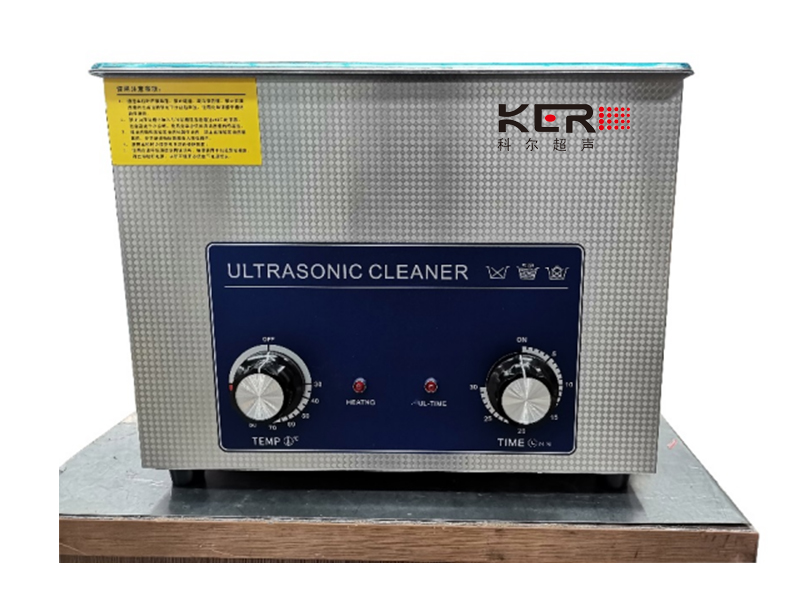
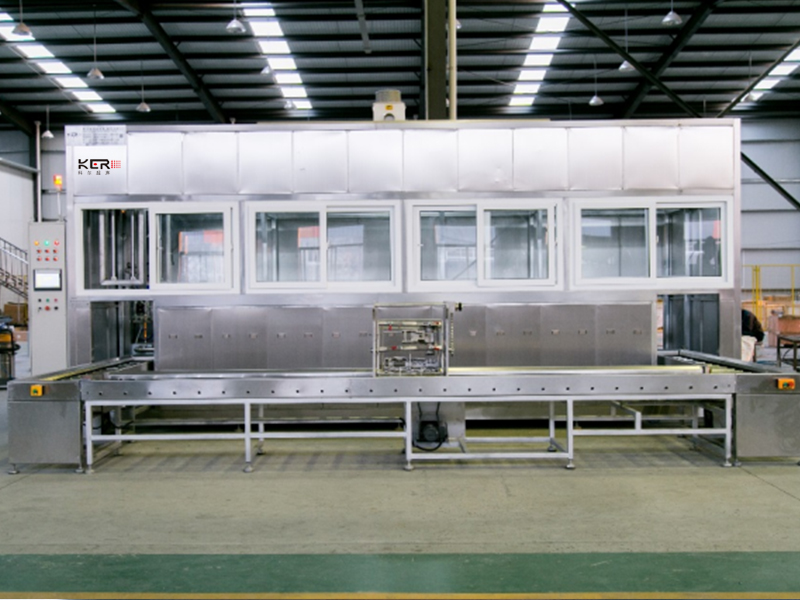
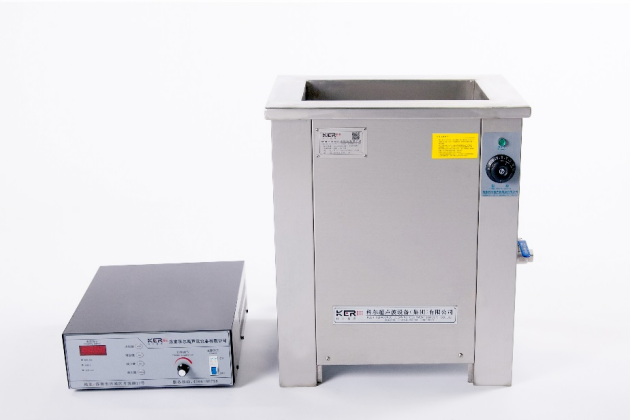

 公司动态
公司动态
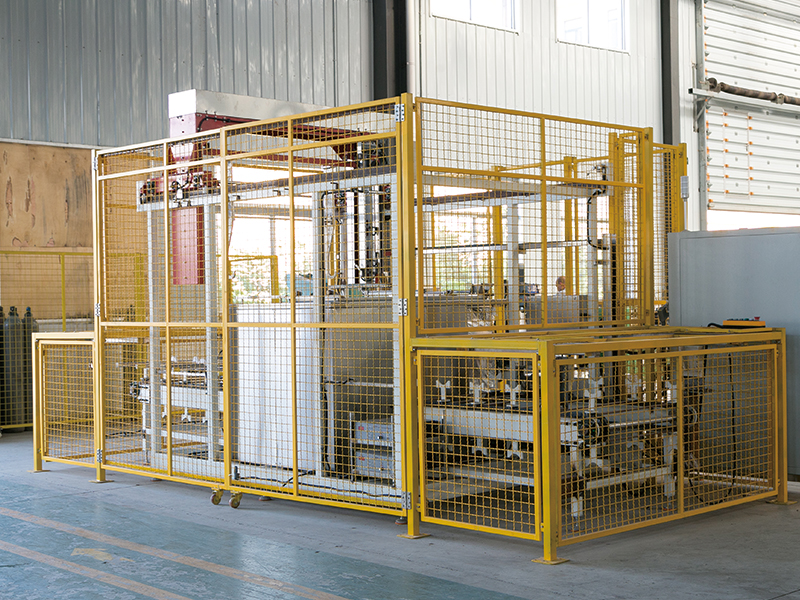
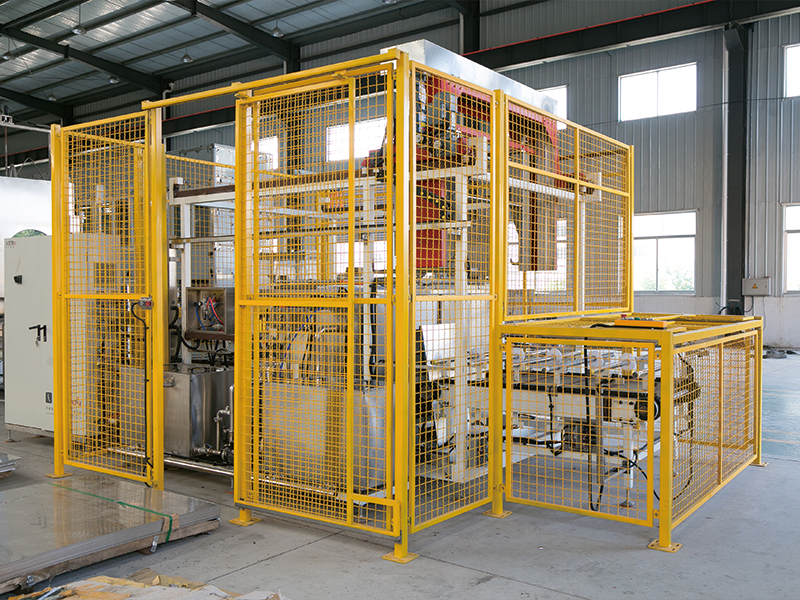

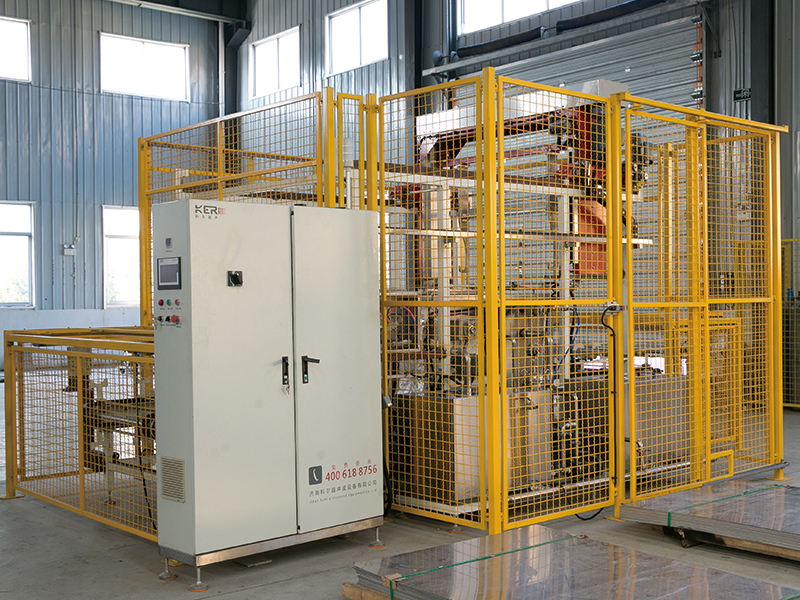




 鲁公网安备37011202000628号
鲁公网安备37011202000628号